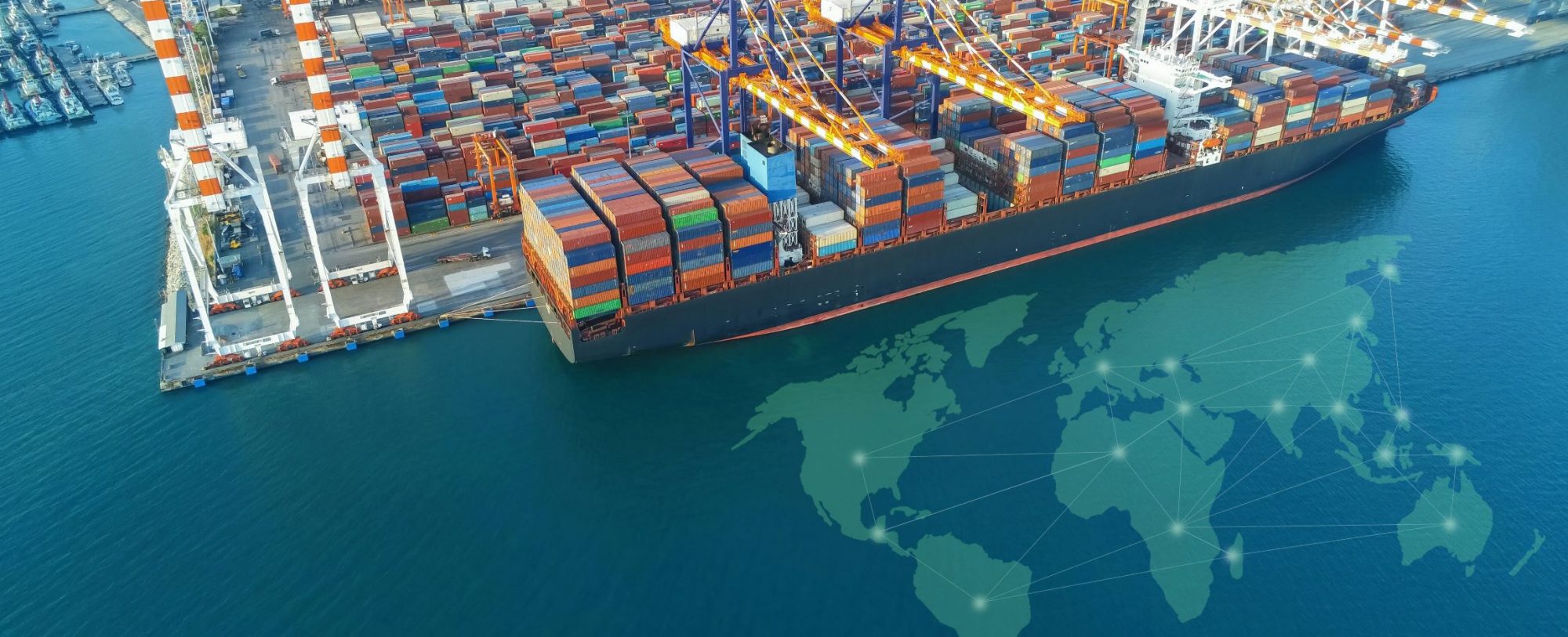In international trade, there are many ways to move goods, and different transportation modes result in different “average” lead times. Across long distances, the main options are maritime or air transport.
Analysis of mirror data gives us clues on how things are moved in international trade. Air freight is extremely fast, resulting in almost instantaneous arrival of exports. This would be suited for commodities which are either very valuable or very perishable. Here are two examples:
HS 7108 (Gold): The following graphs shows the mirror data on exports of gold from Australia to the UK and EU combined:

We can estimate the lead time as follows:

The lead time is almost zero, before 2022-2023 where it seems that goods are kept in the pipeline for a couple of weeks. Note that this can be during international leg of transportation or customs at the destination country.
Another example is HS 0709 (fresh vegetables, e.g., asparagus, celery, etc.). Looking at the mirror trade data from Australia to the UK shows the situation:

The match between the mirror data explains how our lead time estimates reveal air freight for these commodities:

